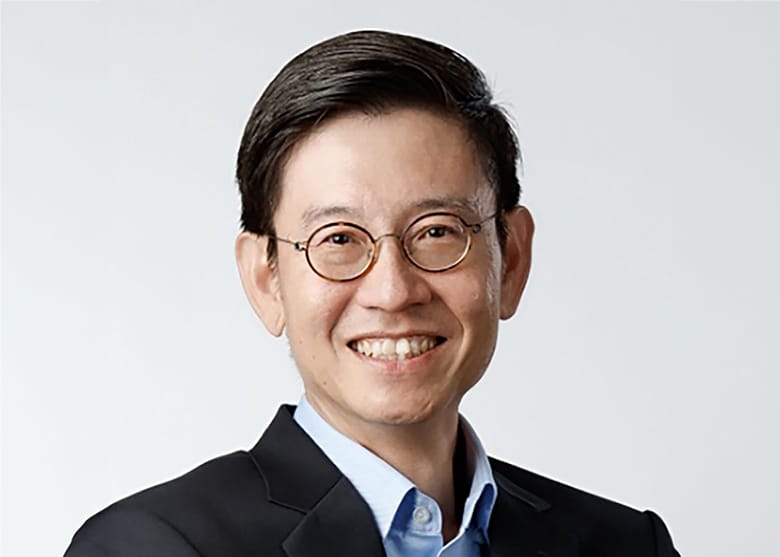
The plan promotes regional hubs beyond the central business district (Image: Savills)
The next 15 years will see Singapore cultivate “new neighbourhoods” in city-fringe areas and redevelop large brownfield sites into housing estates, according to a draft master plan released Wednesday by the Urban Redevelopment Authority.
The area surrounding Newton MRT station will be reshaped into an “urban village” with 5,000 new homes set amid greenery, while the new Paterson neighbourhood near Orchard Road will be transformed into a mixed-use hub with residential developments, shops and public spaces, the URA said in a release. The government will reclaim brownfields at the former Singapore Racecourse in the northwest, the former Keppel Golf Course near the city centre and the decommissioned site of the relocated Paya Lebar Air Base in the east for housing developments.
Under the draft plan, which drew on the participation and feedback of nearly 220,000 people, roughly 14 percent of the land area in Singapore will be set aside for residential use, said Huttons Asia CEO Mark Yip.
“Many of the land parcels around MRT stations are planned for homes and more business hubs are planned outside the city,” Yip said. “This will bring work closer to homes and reduce the need to set aside land for roads in land-scarce Singapore.”
Decentralisation Drive
As part of the decentralisation drive, so-called white sites with flexible uses will be introduced in the north near the under-construction Johor Bahru-Singapore Rapid Transit station and around the western Jurong and Tuas industrial estates, according to the proposals.

URA chief executive Lim Eng Hwee (Image: URA)
“Without strict zoning rules, these sites can provide flexibility and optimise land use; for example, industrial developments can have a greater proportion of non-industrial use, while developers can create mixed-use developments according to market demand,” said Colliers research head Catherine He.
The government plans to move some of its agencies to a new sub-regional centre at Bishan in the northern reaches of central Singapore. With a mix of new offices, amenities and community areas, the initiative aims to nudge more companies to relocate outside of the central business district.
“As more people begin to work in Bishan, we anticipate an increased demand for housing in this area and its surroundings,” said Christine Sun, chief researcher and strategist at OrangeTee. “Resale homes in Toa Payoh, Bidadari, Caldecott, Serangoon and Hougang may benefit from the increased demand.”
Living Blueprint
Chief executive Lim Eng Hwee said the URA engaged Singaporeans and communities across generations and backgrounds to help shape a “holistic” plan that reflects their priorities and concerns while addressing challenges like climate change and an ageing population.
“URA will continue working closely with the community to ensure that the Master Plan remains a living blueprint, rooted in our shared values and responsive to Singapore’s evolving needs,” Lim said.
An exhibition of the draft master plan will be held at the URA Centre Atrium at 45 Maxwell Road from 25 June to 29 November, while a touring version will visit neighbourhoods islandwide. The public can also share feedback on the proposals at a dedicated website.

Leave a Reply